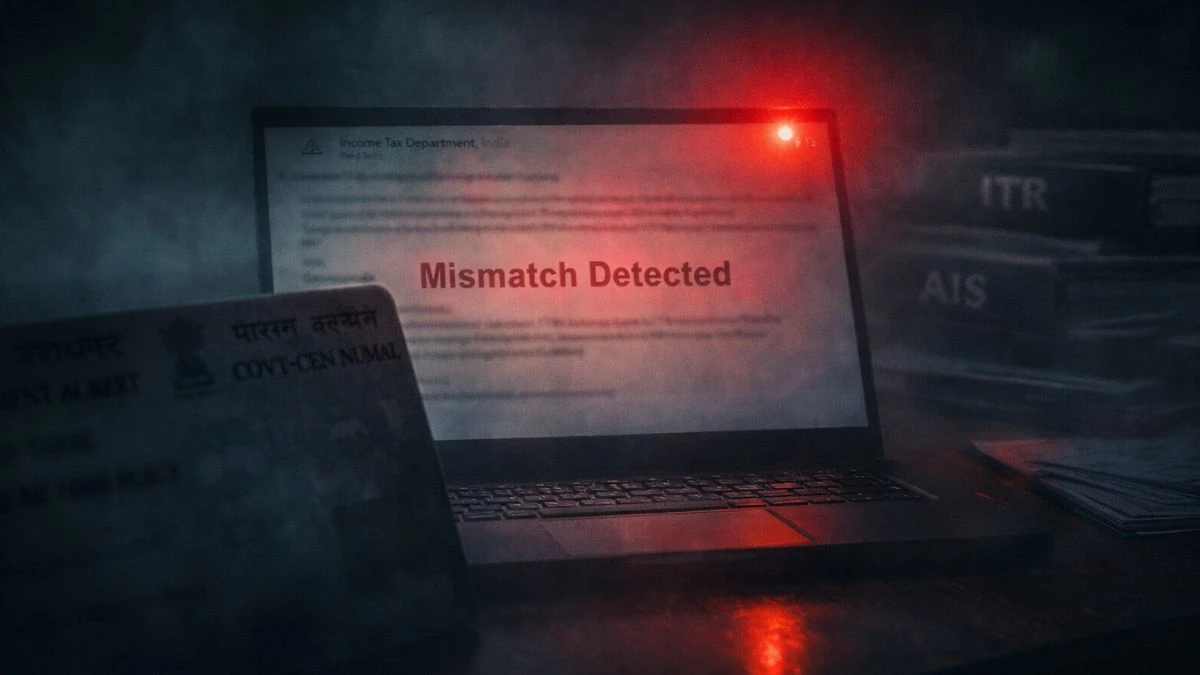
What Is the Disadvantage of the New Tax Regime?
Drawbacks You Should Know Before Opting for New Regime in FY 2024–25
The Government of India introduced the new tax regime under Section 115BAC as an optional framework offering lower slab rates with no major deductions or exemptions. While it appears attractive for its simplicity and reduced tax rates, it may not be the best choice for everyone.
So the important question is:
“What are the disadvantages of the new tax regime?”
Let’s break it down so you can make an informed decision.
✅ Overview: What Is the New Tax Regime?
Under the new regime, taxpayers are taxed at concessional slab rates but must forego popular exemptions and deductions, such as:
• Section 80C (investments in LIC, PPF, ELSS, etc.)
• HRA (House Rent Allowance)
• LTA (Leave Travel Allowance)
• Home loan interest on self-occupied property
• 80D (health insurance premium)
• 80G (donations)
The new regime became the default option from FY 2023–24 onwards, though taxpayers can opt for the old regime if they prefer.
🚫 Major Disadvantages of the New Tax Regime
1. ❌ No Deductions for Investments (80C, 80D, etc.)
Under the old regime, one could reduce taxable income significantly by claiming deductions under:
• Section 80C (up to ₹1.5 lakh)
• Section 80D (health insurance premiums)
• Section 24(b) (home loan interest)
• NPS (80CCD) and others
In the new regime, these deductions are not available, leading to higher taxable income for those who regularly invest or spend in eligible categories.
2. 🏡 No HRA and Housing Loan Benefits
For salaried individuals living in rented accommodations, HRA exemption is a major tax relief. Similarly, those repaying home loans can claim interest deduction up to ₹2 lakh.
In the new regime:
• No HRA exemption
• No deduction on interest for self-occupied property
This hits urban salaried taxpayers and homebuyers the most.
3. 💸 Donations Under Section 80G are Not Allowed
Under the old regime, donations to eligible charitable institutions qualified for partial or full deductions.
In the new regime, Section 80G benefits are not available, discouraging voluntary social contributions from taxpayers seeking tax relief.
4. 📉 Lower Tax Savings for High-Investing Individuals
If you regularly claim deductions of ₹2.5 lakh–₹3 lakh or more, the old regime is likely more tax-efficient than the new one.
For example:
• A person earning ₹12 lakh who claims ₹2.5 lakh deductions might pay less tax under the old regime than under the new slab structure.
5. 🔁 Not Flexible for Business Owners or Freelancers
For professionals and business owners, once the new regime is opted for, it cannot be switched back every year (unless there's no business income).
This limits long-term flexibility for taxpayers with variable income or investment planning needs.
6. 📑 No Standard Deduction for Some Periods
Although a ₹50,000 standard deduction has been allowed in the new regime starting FY 2023–24, it wasn’t available earlier. Also, several other minor allowances like:
• Mobile/internet reimbursements
• Uniform allowance
• Meal vouchers
They are not exempted under the new regime.
🧠 Who Should Avoid the New Tax Regime?
The new regime may not suit:
• Taxpayers with high deductions under 80C, 80D, HRA, home loans
• Salaried professionals in metro cities
• Families with education loans or long-term health insurance
• Individuals making regular tax-saving investments
✅ Final Thoughts
While the new tax regime offers simplicity and lower slab rates, it takes away most of the tax-saving tools available under the old regime.











